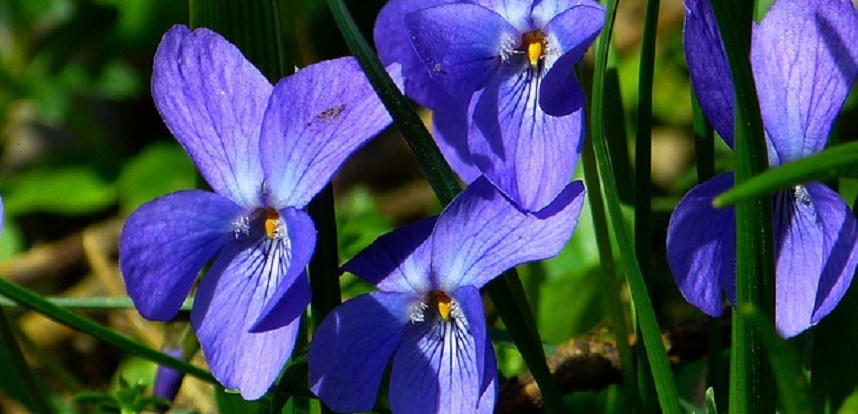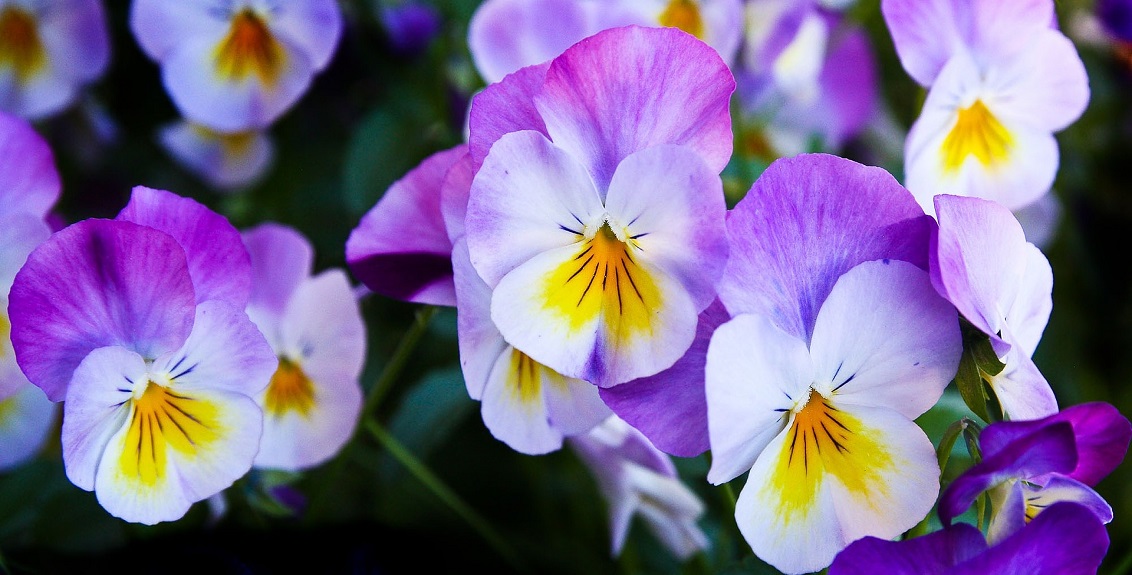Pansies and violas are amongst our most colourful and prolific of annuals. What’s more they’re so adaptable that they can be in flower in every month of the year in many climates. In general, pansies produce large flowers, up to 7.5cm (3in) and more across, but not many of them; violas carry far more flowers but they’re smaller, sometimes less than 2.5cm (1in) across. Violas are tougher and more weather resistant; both come in a spectacular range of colours, colour combinations and patterns. On dull winter days dark colours have less impact, but if you choose white, primrose, sky blue and pale pink, they sparkle on even the most overcast days.
This video has easy to follow step by step instructions showing you how to grow pansies from seeds.
How to Grow
- Pansy and viola flowers follow the sun – or, on dull days, they follow the best light. Plant them where you look at them with the sun or light behind you – then their flowers will face you.
- Winter pansies and violas will thrive in any good soil and appreciate plenty of sunshine. Plant plain-faced types en masse in beds and borders, and bicolours and whiskered types along paths and in containers where you can appreciate the delicacy of their pretty patterns.
- One thing that helps all pansies and violas give their very best is regular dead-heading. So as soon as the flowers fade, nip them off. Use kitchen scissors or thumb and forefinger.

Create instantly colourful containers by choosing pots of dwarf tulips or small-flowered daffodils in bud or in flower at the garden centre and match them with violas or pansies in just the right shades.
How To Take Cuttings
- Take a cutting above a leaf joint and remove all the flowers and at least a third of the lower leaves.
- Pour a little rooting hormone into a small container and dip the cutting in the rooting hormone.
- Plant in some good potting soil and water in well.
- Put a plastic bag over the pot without the plastic bag touching the leaves.
- You could use a plastic bottle instead of a plastic bag.
- Place in a cool, bright part of your home or greenhouse and wait for them to root. When you get new top growth you will know they have rooted.
- Place outside to grow on or transplant to whatever other container you wish to use.

